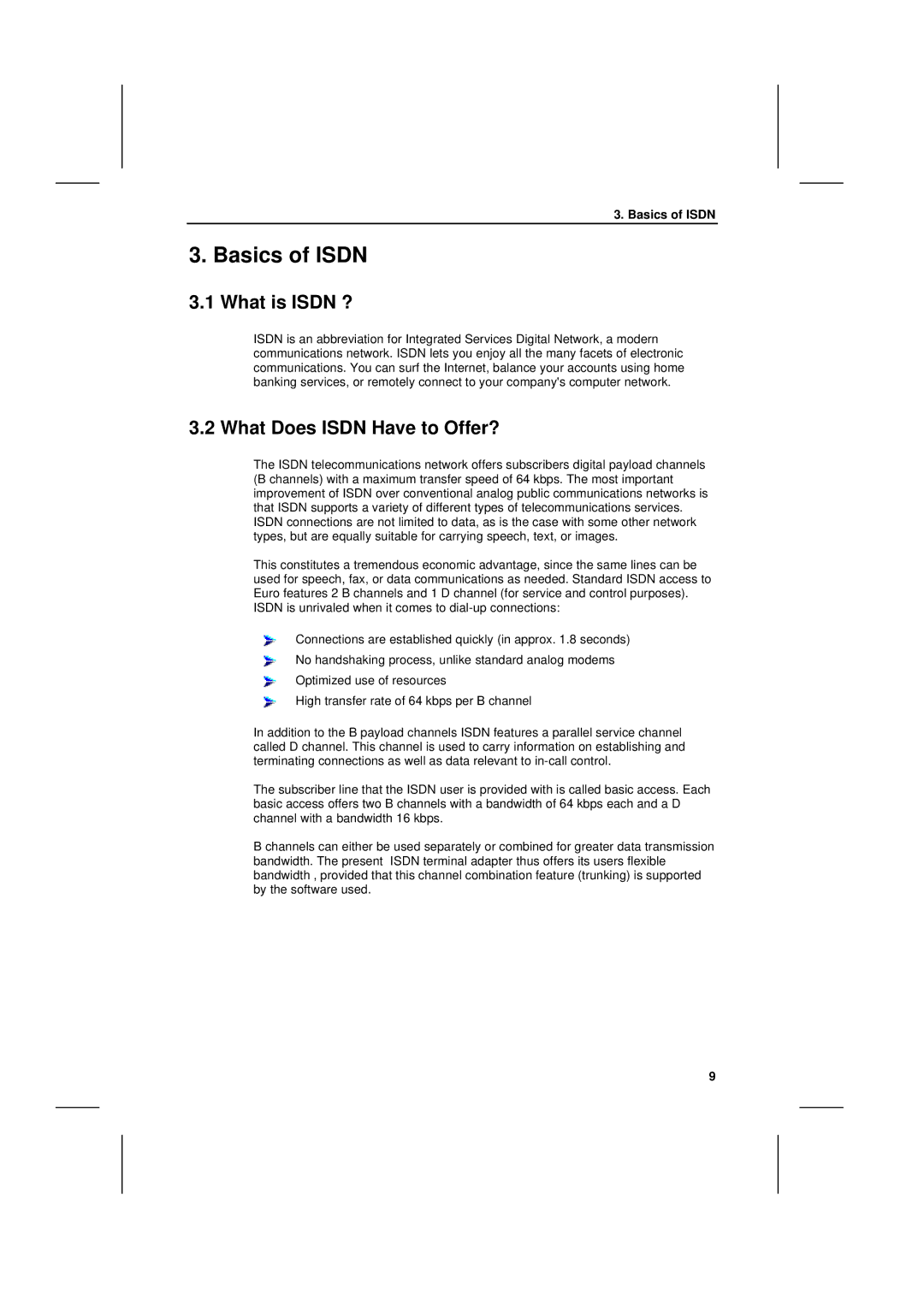I-SURF specifications
Siemens I-SURF is an innovative platform designed for water and wastewater utilities, facilitating efficient management and operation. This powerful system leverages cutting-edge technologies to enhance the monitoring, analysis, and management of water resources, ensuring sustainable practices while optimizing performance.One of the standout features of Siemens I-SURF is its comprehensive real-time monitoring capabilities. The platform utilizes advanced sensor technologies and IoT connectivity to provide continuous data on various parameters such as flow rates, water quality, and pressure levels. This real-time data collection enables operators to quickly identify issues and respond proactively, minimizing potential disruptions in service.
The integration of Artificial Intelligence (AI) within Siemens I-SURF enhances decision-making processes. By analyzing historical and real-time data, AI algorithms can help predict demand fluctuations, identify potential equipment failures, and recommend optimal maintenance schedules. This predictive capability not only reduces operational costs but also extends the lifespan of critical assets.
Furthermore, Siemens I-SURF employs a user-friendly interface that supports intuitive navigation and data visualization. Operators can easily access dashboards that provide insights into system performance, making it easier to track KPIs and make informed decisions. Customizable reports allow utilities to generate tailored insights that are crucial for regulatory compliance and strategic planning.
Another significant characteristic of Siemens I-SURF is its cloud-based architecture. This enables seamless data sharing and collaboration among various stakeholders, including operators, engineers, and management. The scalability of the cloud infrastructure means that utilities can expand their systems as needed, without significant upfront investments in hardware.
In terms of security, Siemens I-SURF incorporates robust cybersecurity measures to protect sensitive data and ensure the integrity of operations. This commitment to security is essential in a landscape where cyber threats are becoming increasingly prevalent.
In conclusion, Siemens I-SURF stands out as a transformative tool for water and wastewater management. With its real-time monitoring, AI-driven analytics, user-friendly interface, cloud-based agility, and strong security features, the platform represents a comprehensive solution for modern utilities seeking efficiency, sustainability, and resilience in their operations. As the demand for responsible water management intensifies, Siemens I-SURF positions utilities to meet these challenges head-on, paving the way for a smarter and more sustainable future.

